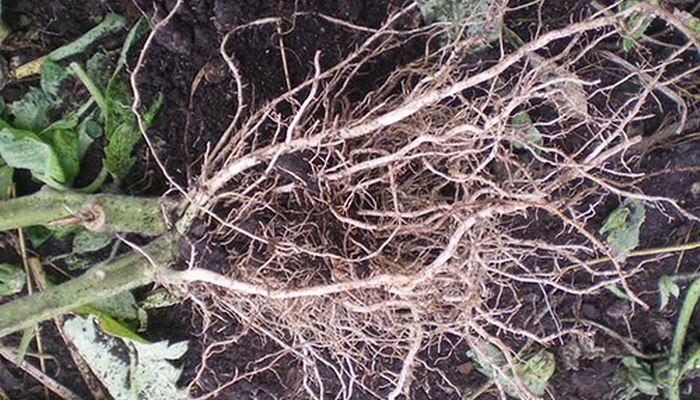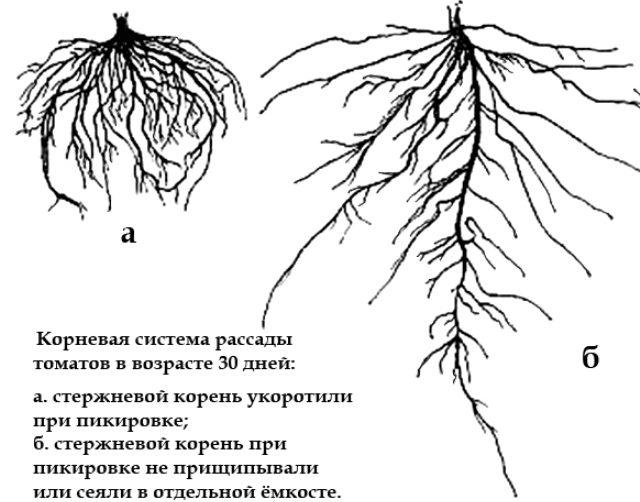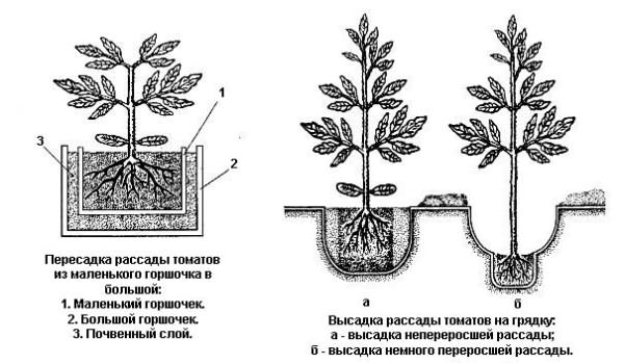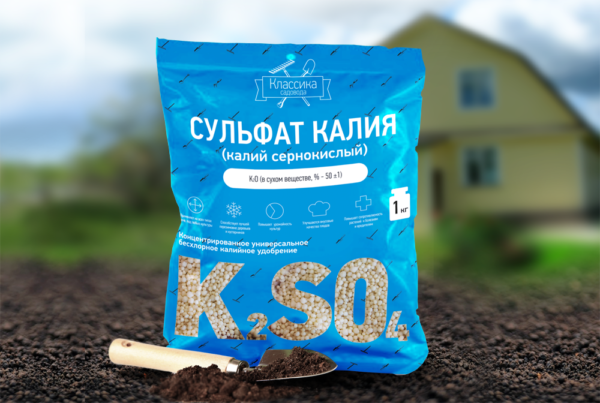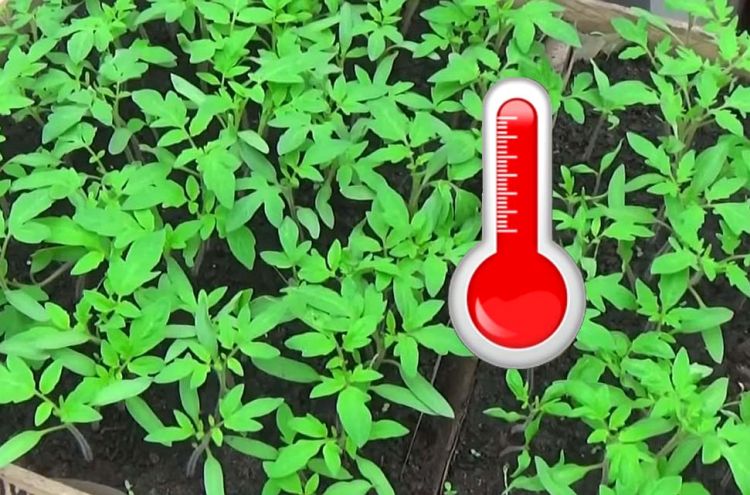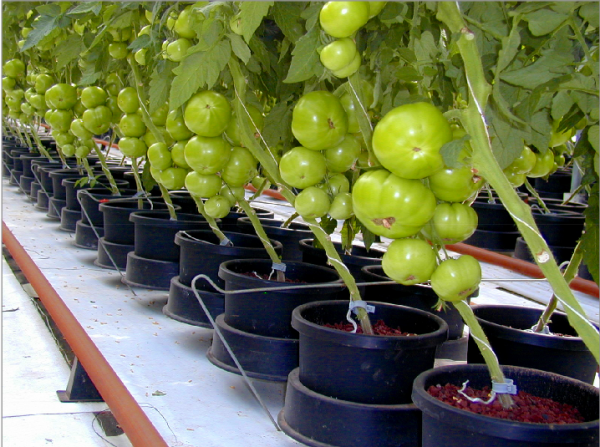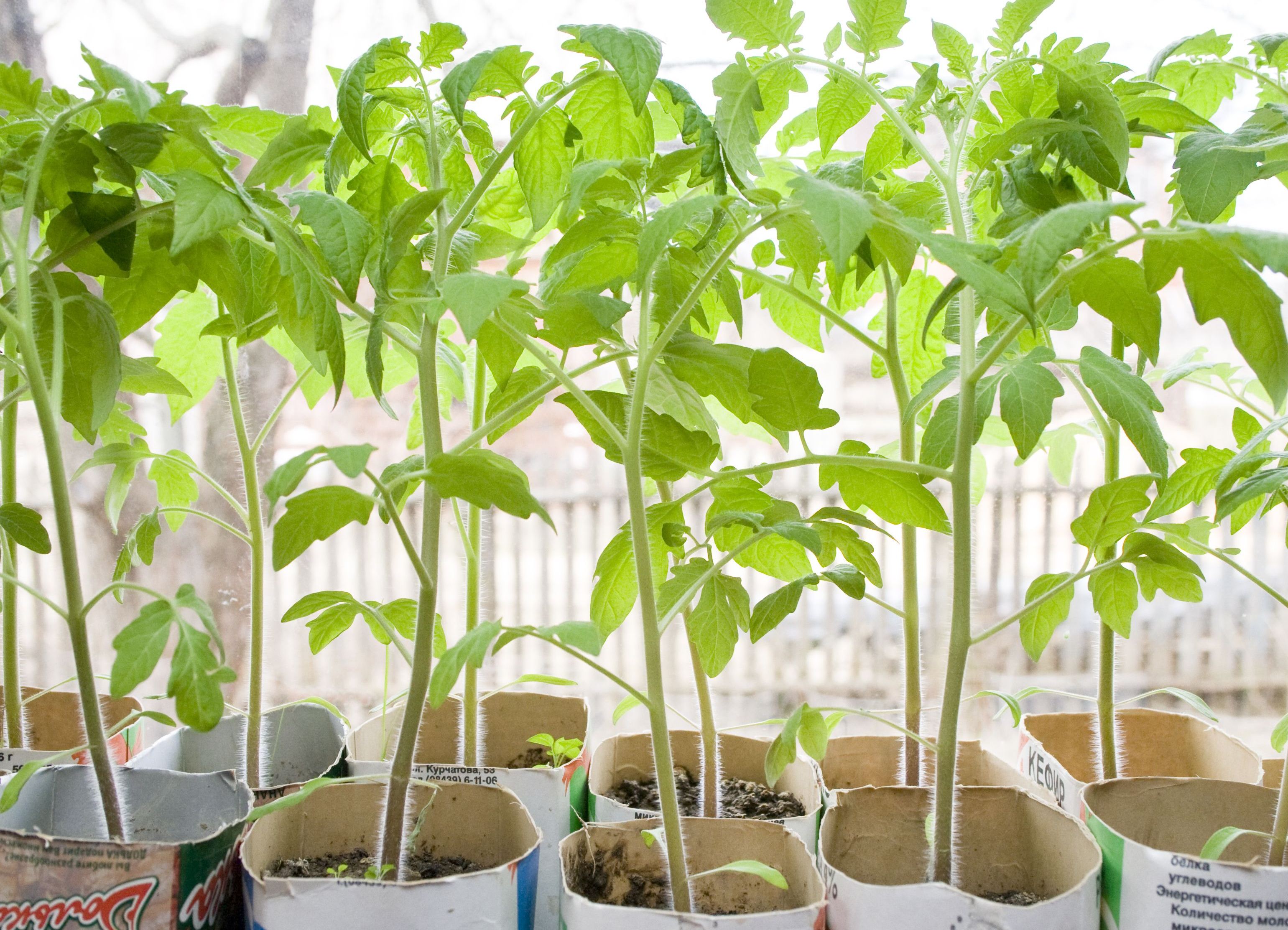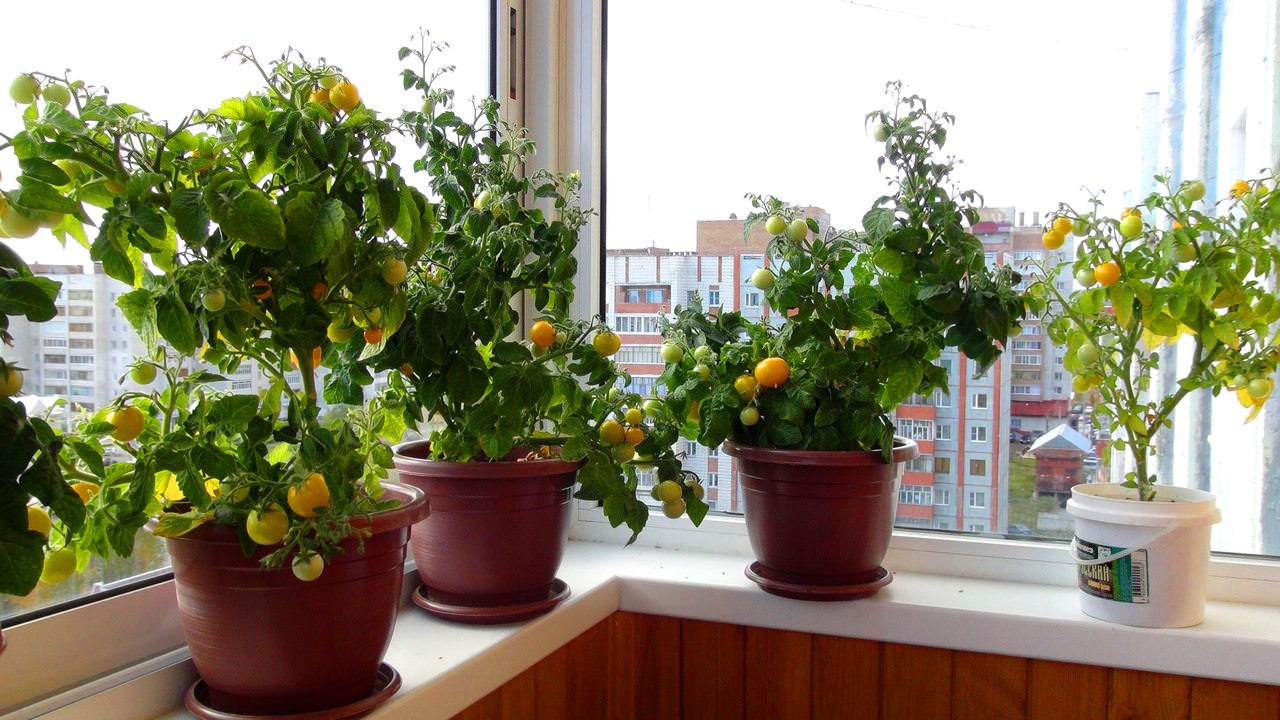Tomatoes are a thermophilic annual house plant with a branched root system, the depth of the roots of tomatoes reaches 2 meters. It performs the function of nutrition, saturates the stem and fruits with moisture, useful elements from the soil, fixes the plant in the soil. Proper care and feeding is extremely important as there will be no growth or yield with weak roots that do not receive adequate nutrition.
The root system of tomatoes: types and characteristics
If the plant is in conditions comfortable for development, roots can appear in any vegetative part, which makes it possible to breed a culture not only with seeds, but also with cuttings, lateral shoots (stepchildren). The depth of the roots depends on the variety: the higher and stronger the variety, the longer and thicker its rhizome. The root system of tomatoes has a core structure. Small lateral processes extend from the central strong trunk.
The development of its root system is important for the growth of any plant. For it to develop well, you need to stimulate the appendages. Tomato roots also need additional stimulation. For this, seedlings, especially tall varieties, are planted at an angle so that the trunk grows new root appendages.
In order for the harvest to be good, you need to pay special attention to soil preparation. The length of the roots of tomatoes directly depends on the composition of the soil, which, of course, will affect the yield.
To accelerate development you need:
- Pinch the main rod when picking seedlings to a permanent place. Treat the tomato with a weak solution of potassium permanganate to protect it from infection.
- Sprinkle the stem during its active growth in the lower part with fertile soil to increase the area of the root system.
- Spud the bushes regularly.
When white tubercles appear on the stem slightly above the soil, this means that the root growth period has come and it is time for the first hilling (wet soil). The second time it will be necessary to spud the planting when the stem turns blue. Correct and timely hilling helps to significantly increase the root system, thereby giving the plant the opportunity to produce more fruits.
Another useful and effective technique is soil mulching. Mulch prevents the soil from drying out completely and retains moisture, thereby saturating the plant, and also protects the soil from overheating, saves the plant from drying out or decay. In addition, microorganisms useful for soil and plants reproduce well under it.
Tips and tricks for gardeners
The homeland of the tomato culture is Ecuador, Peru, which means that it is a very thermophilic plant. For good yields, both the stem and the root system must be properly cared for. This will require creating optimal conditions for the roots so that the trunk of the plant grows well and “nurtures” enough fruits: fertilize the soil, suppress pathogenic organisms.
If you plan to grow tomatoes on windowsills, you need to be very careful about choosing a variety. Only undersized varieties with a compact underground part are suitable. The wrong choice of variety can lead to the death of seedlings due to a lack of oxygen and sunlight, a place for development.These vegetables require freedom in the soil, their roots will not be able to develop normally in narrow flowerpots. A greenhouse is much more suitable for them: it has a stable temperature, fertile soil and enough space.
For the correct formation of the root system from the seed, you will need:
- Place the seeds in water with salt (1 tsp for 0.5 l of water). Thus, good seeds are selected, empty, non-viable ones float, they can be thrown away immediately.
- Next, you need to soak good seeds in warm water (not less than + 25 ° C) for 18-20 hours.
- After soaking, dry the seeds on a paper towel or napkins.
- Place the seeds, wrapped in damp gauze, in the refrigerator for a day, then dry them.
- Plant the seeds in the ground.
Such preparation will harden the planting material, the plants from it will be more viable.
With proper seed and soil preparation, proper care, you can harvest excellent tomato harvests every year.
